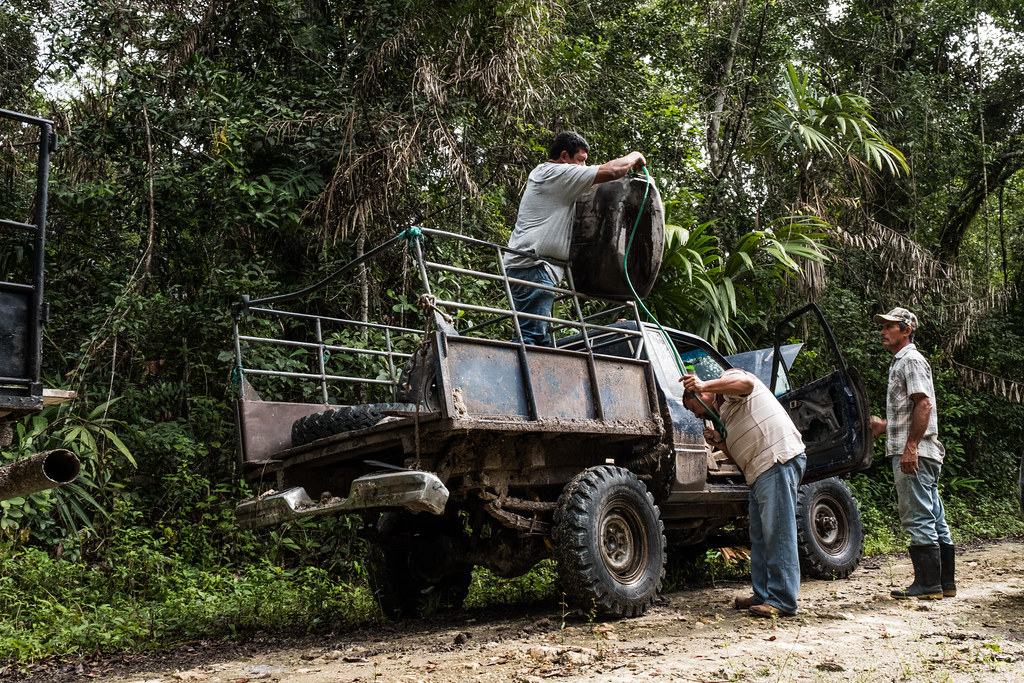BIODIVERSITY CONSERVATION
Why Should We Conserve Biodiversity?
1. Narrowly Utilitarian Arguments:
- Direct Economic Benefits: Humans derive numerous economic benefits from biodiversity.
- Examples: Food, firewood, fiber, construction materials, industrial products, and medicinal substances.
- Bioprospecting Potential: Exploration of biodiversity for economic products (bioprospecting) has the potential for significant benefits.
2. Broadly Utilitarian Arguments:
- Ecosystem Services: Biodiversity plays a vital role in various ecosystem services.
- Examples: The Amazon forest, through photosynthesis, produces 20% of Earth’s oxygen. Pollination services provided by bees, birds, and bats are crucial for fruit and seed production.
- Aesthetic Pleasures: Intangible benefits include aesthetic pleasures like walking in nature, witnessing blooming flowers, or enjoying the song of birds.
- Economic Valuation: While some services have economic values (e.g., hospital spending on oxygen cylinders), others are challenging to quantify.
3. Ethical Arguments:
- Intrinsic Value: Each species has intrinsic value, irrespective of its economic significance.
- Moral Duty: There is a moral obligation to care for the well-being of the millions of plant, animal, and microbial species we share the planet with.
- Biological Legacy: We have a moral duty to pass on our biological legacy in good order to future generations.
How do we conserve Biodiversity?
In Situ Conservation:
- Definition: Protecting and conserving the entire ecosystem in its natural habitat.
- Approach: Saves biodiversity at all levels by preserving the entire ecosystem.
- Example: Conservation of a forest to protect the tiger population.
- Global Strategy: Identifying and protecting ‘biodiversity hotspots’—regions with high species richness and endemism.
- Number of Hotspots: Initially 25 hotspots, now increased to 34, covering less than 2% of Earth’s land but harboring a significant percentage of species.
- Impact: Strict protection of hotspots could potentially reduce ongoing mass extinctions by almost 30%.
In India:
- Protected Areas: Ecologically unique and rich regions are legally safeguarded as biosphere reserves, national parks, and wildlife sanctuaries.
- Cultural Traditions: Historic religious and cultural practices in India emphasized the protection of nature, leading to the establishment of sacred groves in various regions.
- Conservation Measures: India has 14 biosphere reserves, 90 national parks, and 448 wildlife sanctuaries.
Ex Situ Conservation:
- Definition: Protecting threatened species outside their natural habitat.
- Approach: Involves places like zoological parks, botanical gardens, and wildlife safari parks.
- Advancements: Beyond enclosures, includes preserving gametes, in-vitro fertilization, tissue culture methods, and seed banks.
- Example: Maintaining extinct-in-the-wild species in zoological parks.
- Technological Advances: Cryopreservation techniques for gametes, in-vitro fertilization for eggs, tissue culture for plant propagation, and seed banks for long-term storage of plant seeds.
Global Responsibility:
- Convention on Biological Diversity: The Earth Summit in Rio-de-Janeiro in 1992 emphasized global cooperation for biodiversity conservation.
- World Summit on Sustainable Development (2002): Nations pledged commitment to achieve a significant reduction in biodiversity loss by 2010 at global, regional, and local levels.


